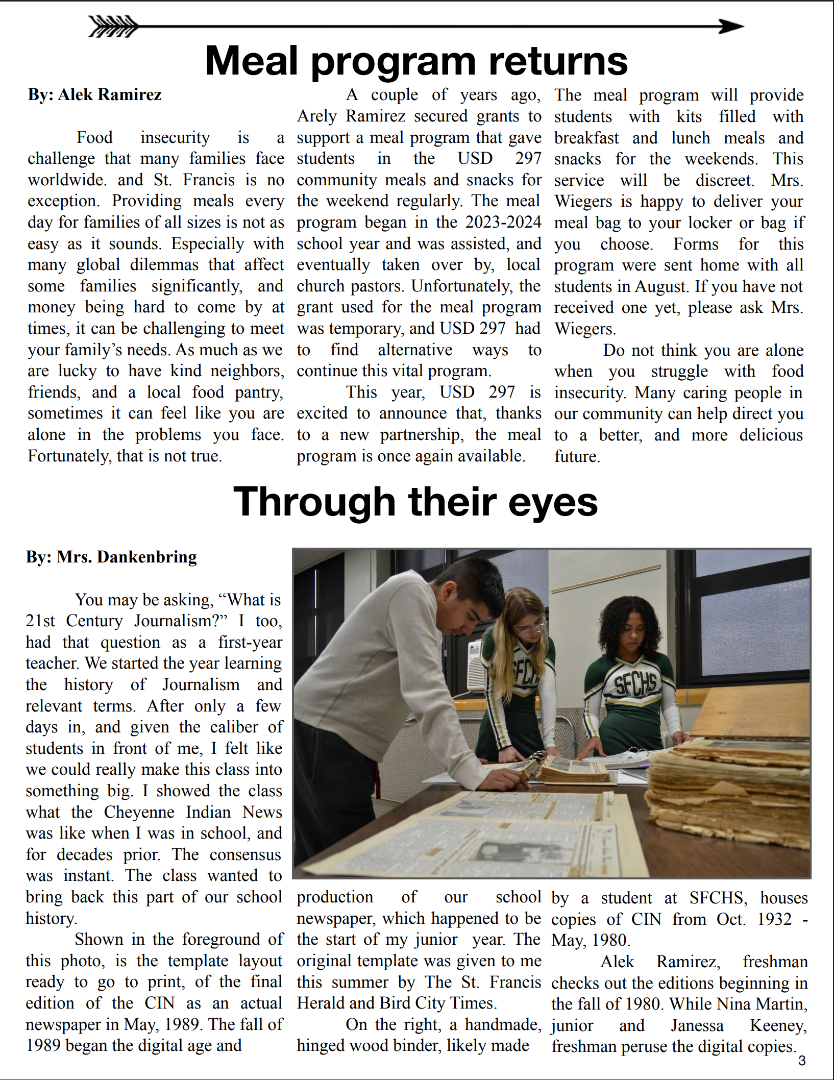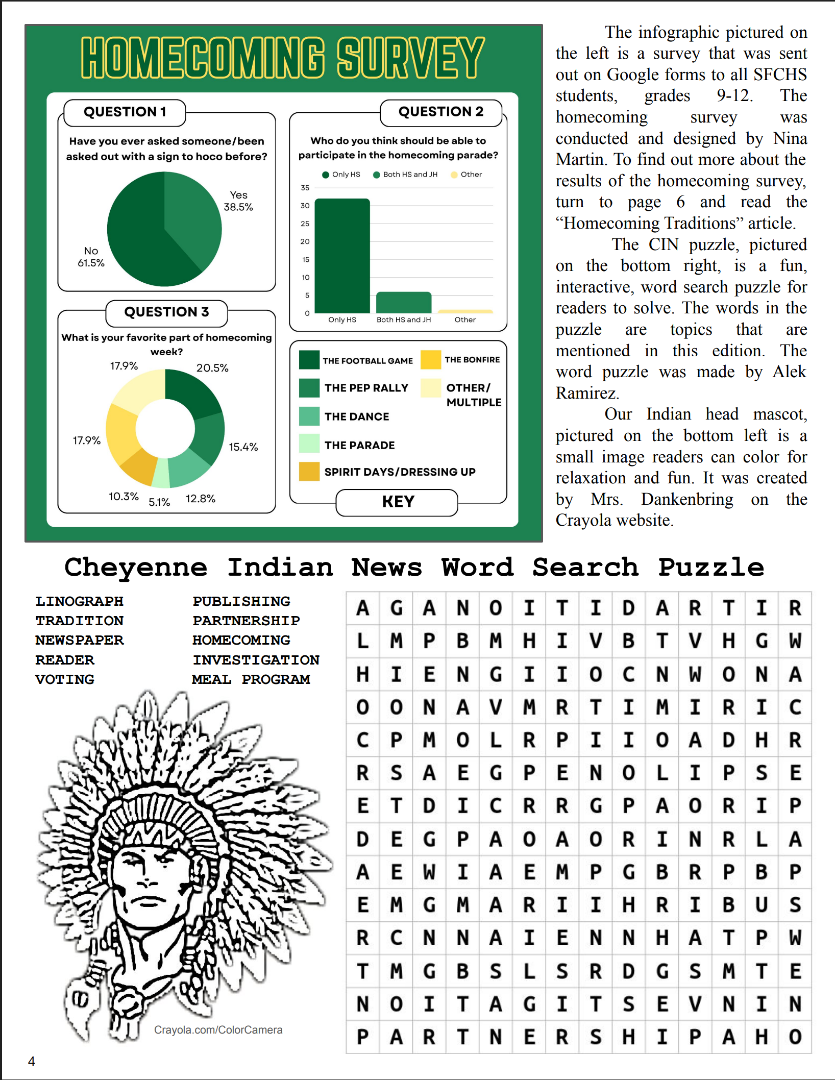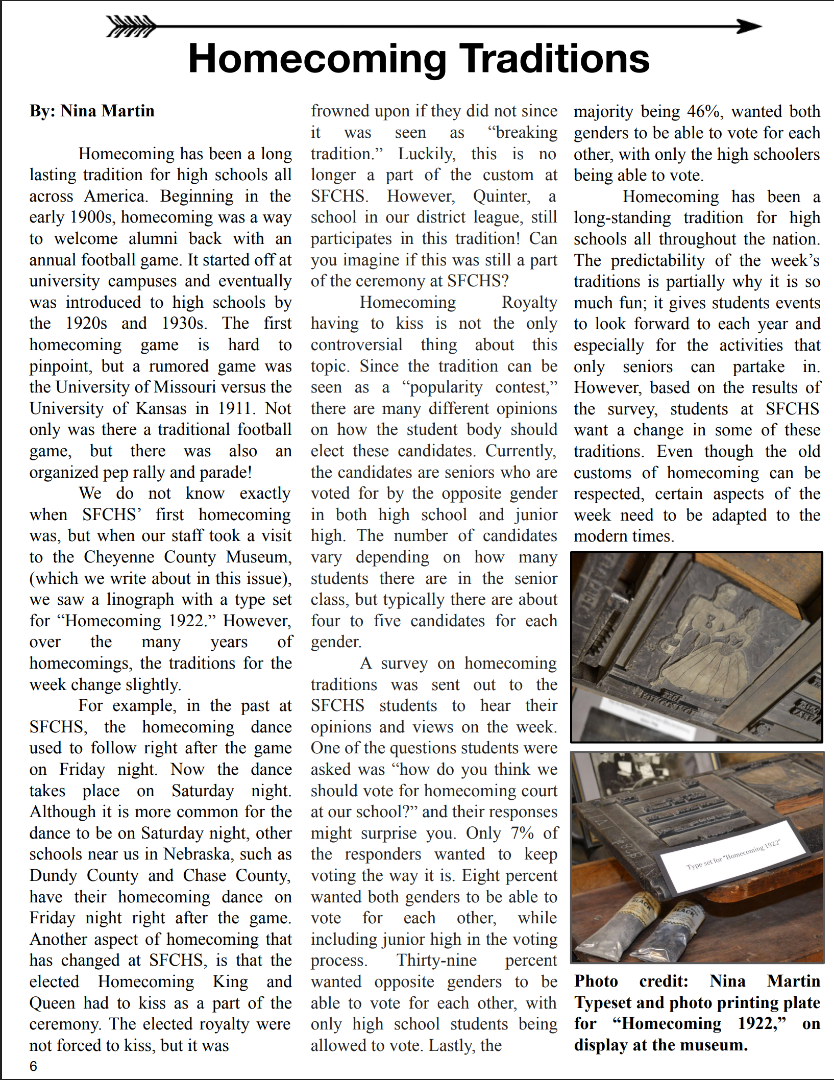Missing a day of school here and there may not seem like much, but absences add up! Some students said the reason for missing classroom time impacts how much it will affect them. This could be in the form of their grades and their ability to get assignments done. Most students said it makes a bigger impact on them if they are absent for a vacation or an illness, because it is harder to make up the work and ask for help. Being gone for a sporting event or an appointment impacts them to a lesser extent, and they know that they can make up the work the next day more easily. Some students stated that making up for missing class time isn’t difficult as long as the work gets done and a genuine effort is made.
When a student is absent 2 days a month, they will miss 20 days a year, over 30 hours of math over the school year, 60 hours of reading and writing over the school year, and they will miss over 1 year of school by graduation.
The most important thing students should do if they are going to be absent is to talk to their teachers and get their work from them before or after school. Being present at school matters to yourself and your classmates. Teachers stated that students being out of the classroom or missing their class time is very difficult and it affects the teacher more than people would think it does.
Mr. Morrow, high school English teacher, expressed his concern. “I lose my train of thought, because students come into class asking what they missed when they were gone. It throws off the whole class period and disrupts the other students’ learning, too. Not only does it affect the class they are in, but it can also throw off the next class period.
Mr. Guthmiller teaches both junior high and high school students in business, computers, finance, and two math classes. He adds, “In some classes, there are only two students. If one student is absent from that class, you can’t stop the class or hold it.”
“It is a true pain, especially if a student’s absence is habitual, and this has gotten worse over time.”- Mr. Morrow








